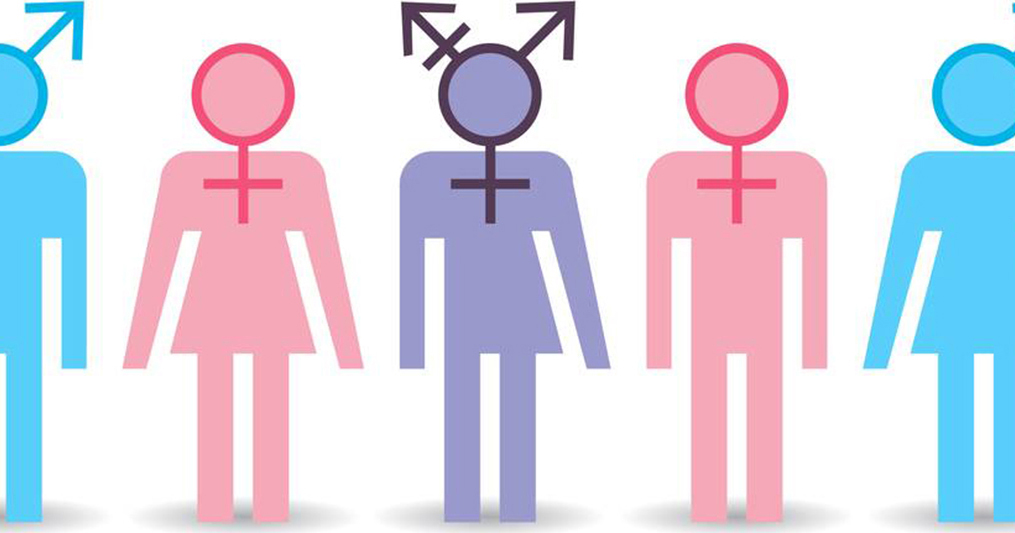Feminist Interpretations of Power and Empowerment
Feminist interpretations of power, particularly concerning the notion of empowerment, have evolved significantly over time, reflecting diverse perspectives on how women can assert agency within patriarchal structures. Srilatha Batliwala's critique of empowerment challenges traditional development frameworks by questioning the underlying assumptions and practices that often accompany empowerment initiatives.
## Feminist Interpretations of Power and Empowerment
### 1. Traditional Views of Empowerment
Traditional development frameworks often define empowerment in terms of individual agency, focusing on providing women with resources, skills, and opportunities to improve their socio-economic status. This approach tends to emphasize measurable outcomes, such as increased income or educational attainment, as indicators of empowerment.
### 2. Critique of Traditional Frameworks
Batliwala critiques these traditional views by arguing that they often overlook the structural inequalities and power dynamics that shape women's lives. She asserts that empowerment should not merely be about individual success but must also involve collective action and systemic change.
### 3. Power as Relational
In feminist theory, power is often seen as relational rather than something that can be simply given or taken away. This perspective emphasizes that power dynamics are embedded in social relationships and institutions, which means that empowerment must involve challenging these structures rather than just enhancing individual capabilities.
## Srilatha Batliwala’s Critique of Empowerment
### 1. Redefining Empowerment
Batliwala argues for a redefinition of empowerment that encompasses not only individual agency but also the ability to influence and transform social structures. She emphasizes the importance of recognizing the interconnectedness of personal and political empowerment, advocating for a holistic approach that addresses both individual and collective dimensions.
### 2. Contextualizing Empowerment
Her critique highlights the need to contextualize empowerment initiatives within local cultural, social, and political contexts. Batliwala argues that many development programs fail to consider the unique challenges faced by women in different settings, leading to ineffective or superficial interventions.
### 3. Collective Action
Batliwala stresses the significance of collective action in achieving meaningful empowerment. She contends that empowering women requires fostering solidarity among them to challenge systemic inequalities collectively. This approach contrasts with traditional frameworks that often focus on individual success stories without addressing broader societal issues.
### 4. Structural Change
Batliwala's critique calls for a focus on structural change rather than merely enhancing women's capabilities within existing systems. She argues that true empowerment involves dismantling patriarchal structures and addressing the root causes of gender inequality, rather than simply integrating women into existing power dynamics.
## Relevance to Gendered Power Dynamics
Batliwala’s critique is particularly relevant for understanding gendered power dynamics in several ways:
- **Challenging Patriarchy**: By advocating for a deeper understanding of empowerment that includes collective action and structural change, Batliwala's framework encourages women to challenge patriarchal norms and institutions actively.
- **Intersectionality**: Her emphasis on context highlights the importance of intersectionality in feminist discourse, recognizing that women's experiences are shaped by various factors including race, class, and culture.
- **Empowerment Beyond Economics**: Batliwala’s perspective shifts the focus from economic empowerment alone to a broader understanding that includes social and political dimensions, thus enriching feminist analyses of power.
## Conclusion
Srilatha Batliwala's critique of empowerment challenges traditional development frameworks by advocating for a more nuanced understanding of power dynamics and the necessity for collective action in achieving gender equality. By emphasizing the importance of contextualization and structural change, her work provides valuable insights into how feminist interpretations of power can inform more effective strategies for empowering women within patriarchal societies. This approach not only seeks to enhance individual agency but also aims to transform the very structures that perpetuate inequality, making it a crucial contribution to feminist discourse on power and empowerment.
Citations:
[1] https://www.taylorfrancis.com/chapters/mono/10.4324/9780367817725-7/empowerment%E2%80%94a-conceptual-framework-das
[2] https://www.undp.org/publications/claiming-mdgs-empowerment-framework
[3] https://beamexchange.org/resources/794/
[4] https://www.linkedin.com/pulse/empowerment-framework-wendy-lambourne
[5] https://lac.unwomen.org/sites/default/files/Field%20Office%20Americas/Documentos/Publicaciones/2021/07/FRAMEWORK%20WOMENS%20ECONOMIC%20EMPOWERMENT%20MELYT_1Jul%20WEB.pdf
[6] https://encyclopedia.pub/entry/26926
[7] https://www.tandfonline.com/doi/full/10.1080/08985626.2018.1551792
[8] https://academic.oup.com/isagsq/article/4/1/ksae004/7618596








